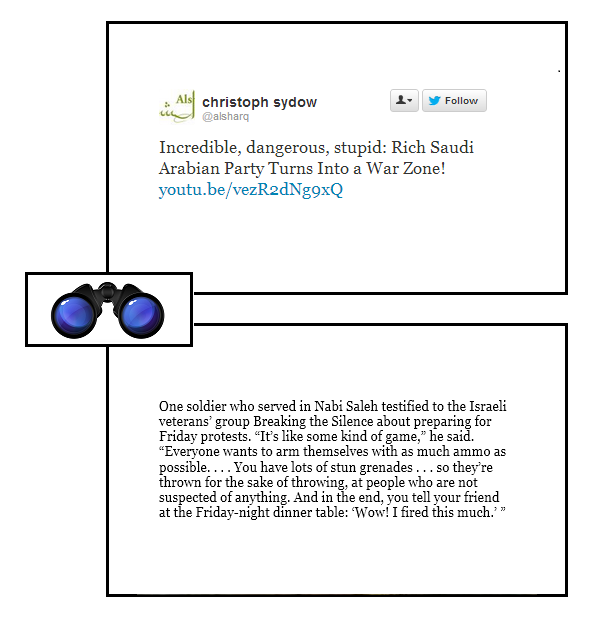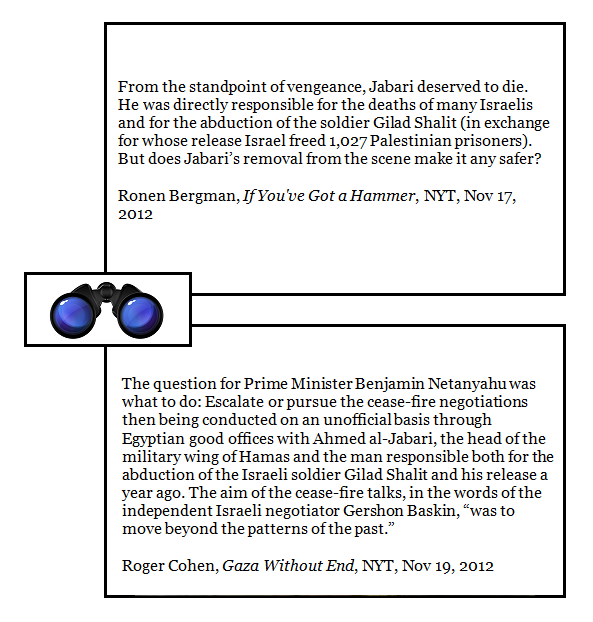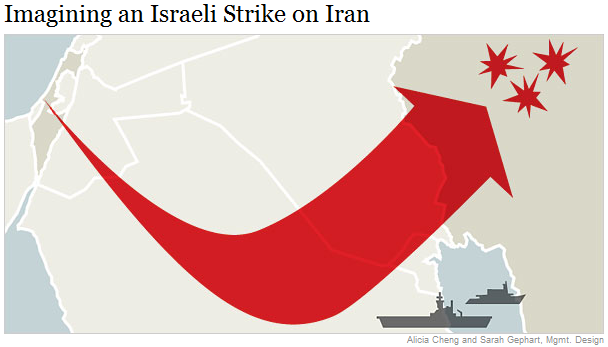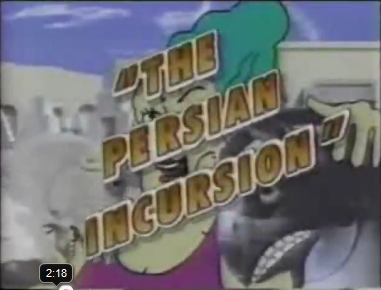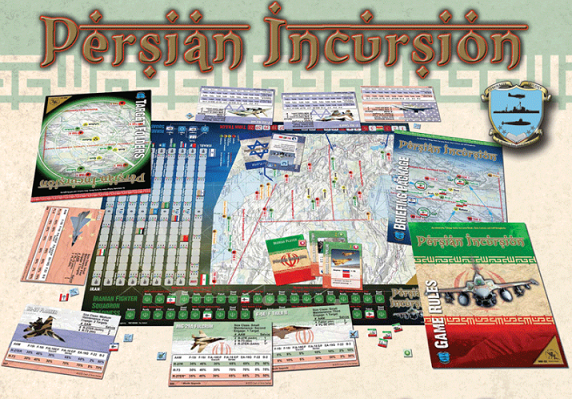Furnish: the Dome of the Rock or the Iron Dome?
Monday, December 16th, 2013[ by Charles Cameron — introducing a significant post by Tim Furnish re Israel’s safety, Iran and more ]
.

The Dome of the Rock in Jerusalem (Picturesque Palestine, 1881, left) and the Israeli Iron Dome missile defence system (contemporary, right)
Our occasional guest-blogger and friend Dr Timothy Furnish has a new post up at his MahdiWatch blog that I’d like to bring to your attention.
Here’s his closing paragraph, containing (a) an observation comparing the “end times” significance of Syria and Jerusalem vs Mecca and Medina, (b) a corresponding hint to security analysts, and (c) the implication that Iranian nukes would likely not be used against Jerusalem, since the Noble Sanctuary / Temple Mount with its two great mosques is altogether too important in Islamic eschatological terms to be put at risk…
Muslim eschatological fervor is boiling over in nearby Syria, as I analyzed on this site in September, 2013. The extent to which Muslims in Israel are aware of, and inflamed by, this is unknown; what is known is that Damascus and Jersualem are much more prominent in Islamic traditions (both Sunni and Shi`i) about the coming of the Mahdi and the subsequent eschatological events than are Mecca and Medina. Therefore, it would behoove Western geopolitical and intelligence analysts—both in and out of government—to put some effort into studying this topic, rather than relegating it to the theater of the absurd or myopically obsessing over what Evangelical Christians think about the end of the world. I would also add that the historical eschatological significance of Jersualem to Muslims is a major argument against the thesis that the Iranian regime wants nuclear weapons in order to destroy Israel (I have already argued at length elsewhere that this charge little accords with Twelver Shi`i doctrines): Islam’s third-holiest site is that religion’s most important eschatological locale, and no one is more respectful of such traditions than the ayatollahs in Qom and Tehran. Thus, if al-Quds is nuked or even contaminated with fall-out from a bomb on Tel Aviv, the Mahdi and Allah will not only be displeased but unable to stage the eschatological denouement. The presence of the Domes of the Rock and Chain in Jerusalem is thus, in my studied opinion, an even greater deterrent to Islamic nuclear attack on that city than is Israel’s more prosaic Iron Dome anti-missile system.
To read the whole thing, go to Domes of the Rock and Chain v. A Dome of Iron: Which Best Protects Israel from Islamic Attack?
Clever title, that — and a must-read post.
**
As a mild reinforcement to Tim Furnish’s point, I’m going to drop in here a part of an earlier ZP post of mine, including two quotes on the close kinship between the Kaaba in Mecca and the Dome of the Rock in Jerusalem, as constituting in some sense the book-ends both of world history and of the history of Islam considered as the final revelation.
**
As I’ve noted before, al-Aqsa isn’t just the focal point of the Palestinian / Israeli question, nor it is only the place at which the Prophet alighted from his steed, Buraq, and ascended to receive the divine instructions for prayer in the Miraj — it is also the destination of the Mahdi‘s victorious army in the Khorasan strand of ahadith.
Indeed, it has been suggested that the Pierced Rock of the Dome of the Rock in al-Aqsa is closely related to the Black Stone of the Kaaba. Kanan Makiya, in his part-fictional part-documentary book, The Rock, quotes Charles Matthews‘ translation of Burhan al-Din ibn Firka al-Fazari‘s Kitab Ba’ith al-Nufus ila Ziyarat al-Quds al-Mahrus (The Book of Arousing Souls to Visit Jerusalem’s Holy Walls) from Matthews’ Palestine: Mohammedan Holy Land:
Verily, the Kaaba is in an equivalent position to the Frequented House in the Seventh Heaven, to which the angels of Allah make pilgrimage. And if rocks fell from it, they would have fallen on the place of the Rock of the Temple of Mecca [i.e. the Black Stone]. And indeed, Paradise is in the Seventh Heaven in an equivalent position to the Holy Temple (in Jerusalem) and the Rock; and if a rock had fallen from it, it would have fallen upon the place of the Rock there. And for this case the city is called Urushalim, and Paradise is called Dar al-Salam, the House of Peace.
Indeed, David Roxburgh mentions all these matters, writing in Salma Khadra Jayyusi et al., The city in the Islamic world, vol. 1. p 756:
This movement corresponded to other efforts — before, during, and after the Crusades — to establish “geo-theological” connections between Jerusalem and Mecca, whose preeminent sanctity was inviolable up until the end of days. Examples linking Mecca to Jerusalem include the Prophet Muhammad’s nocturnal journey from Mecca to Jerusalem (isra) and his ascension from Jerusalem to the throne of God (miraj); the underground joining of the waters of Zamzam to Silwan (var. Siloam) during the “feast of the sacrifice” (id al-adha); and the transfer of the Kaba and its black stone from Mecca to Jerusalem during the last days. these various traditions linked Jerusalem to Mecca, sometimes by sets of doubled features, in a near symmetry and in a calendar that will culminate during the end of days.
So there’s an eschatological dimension to all these parallelisms, too…
